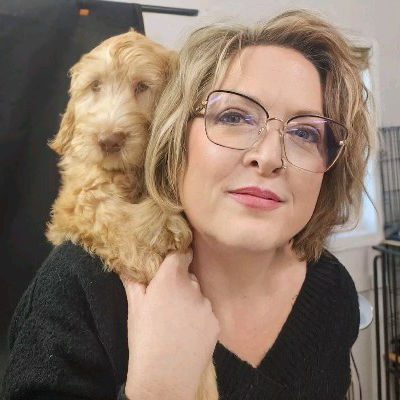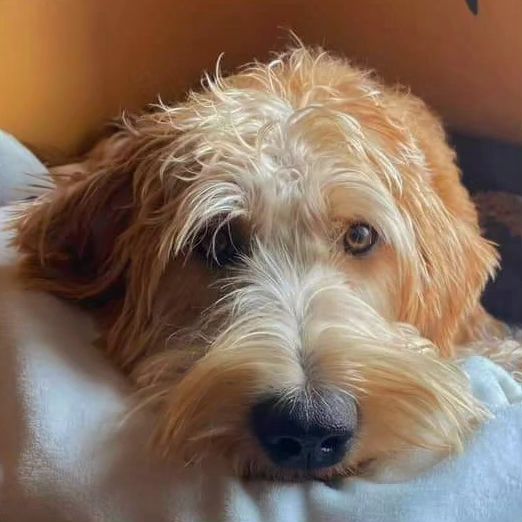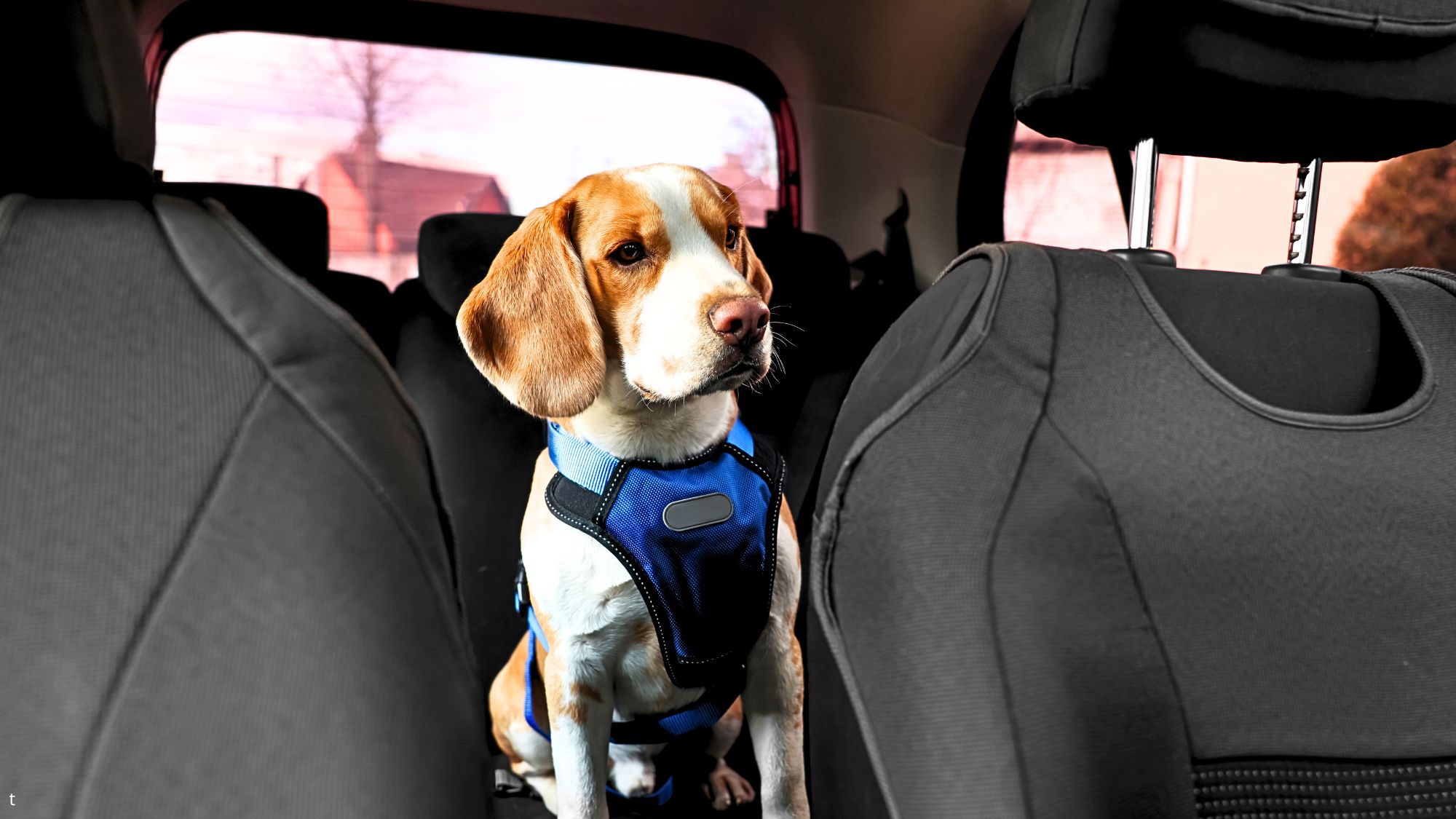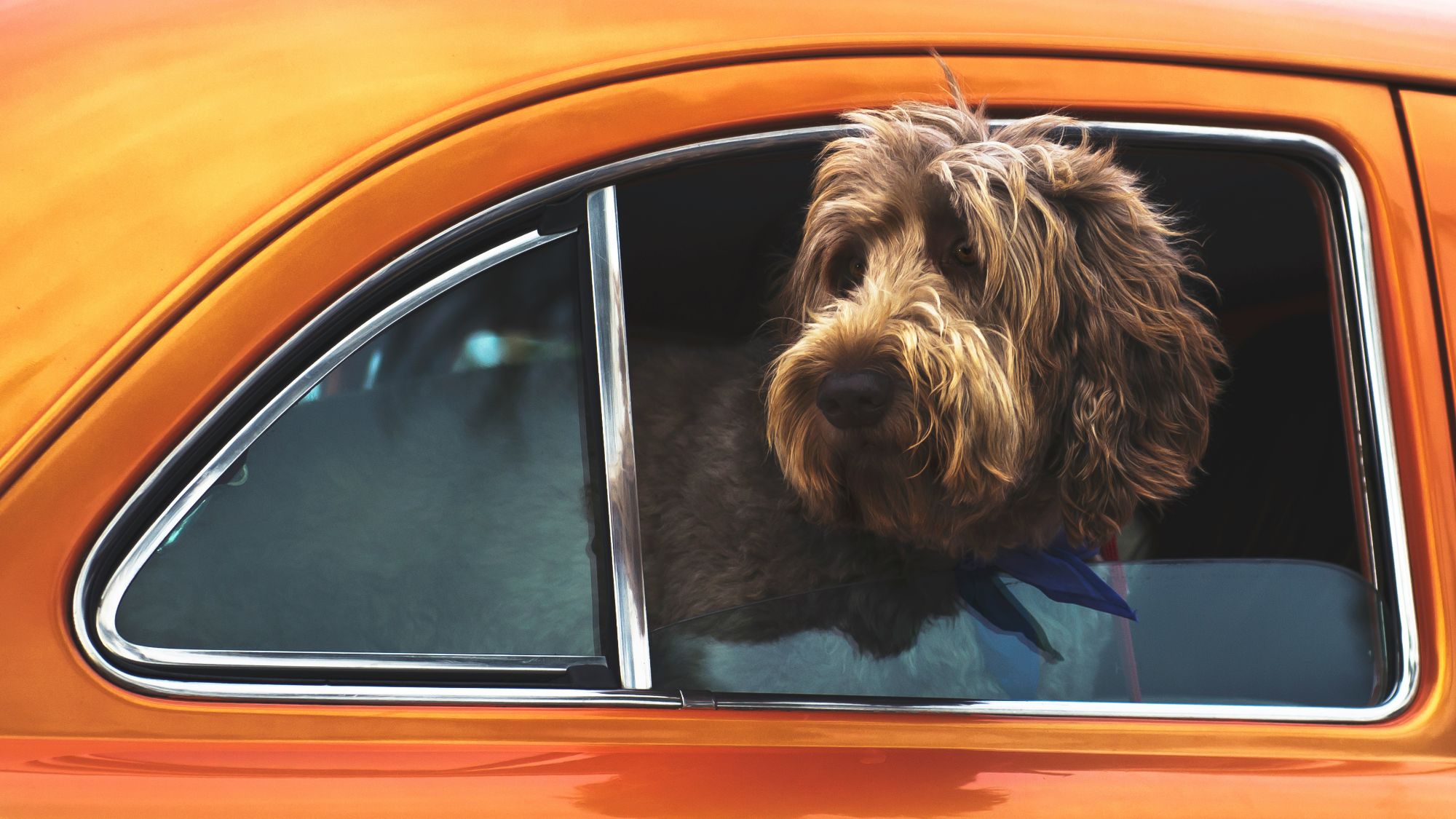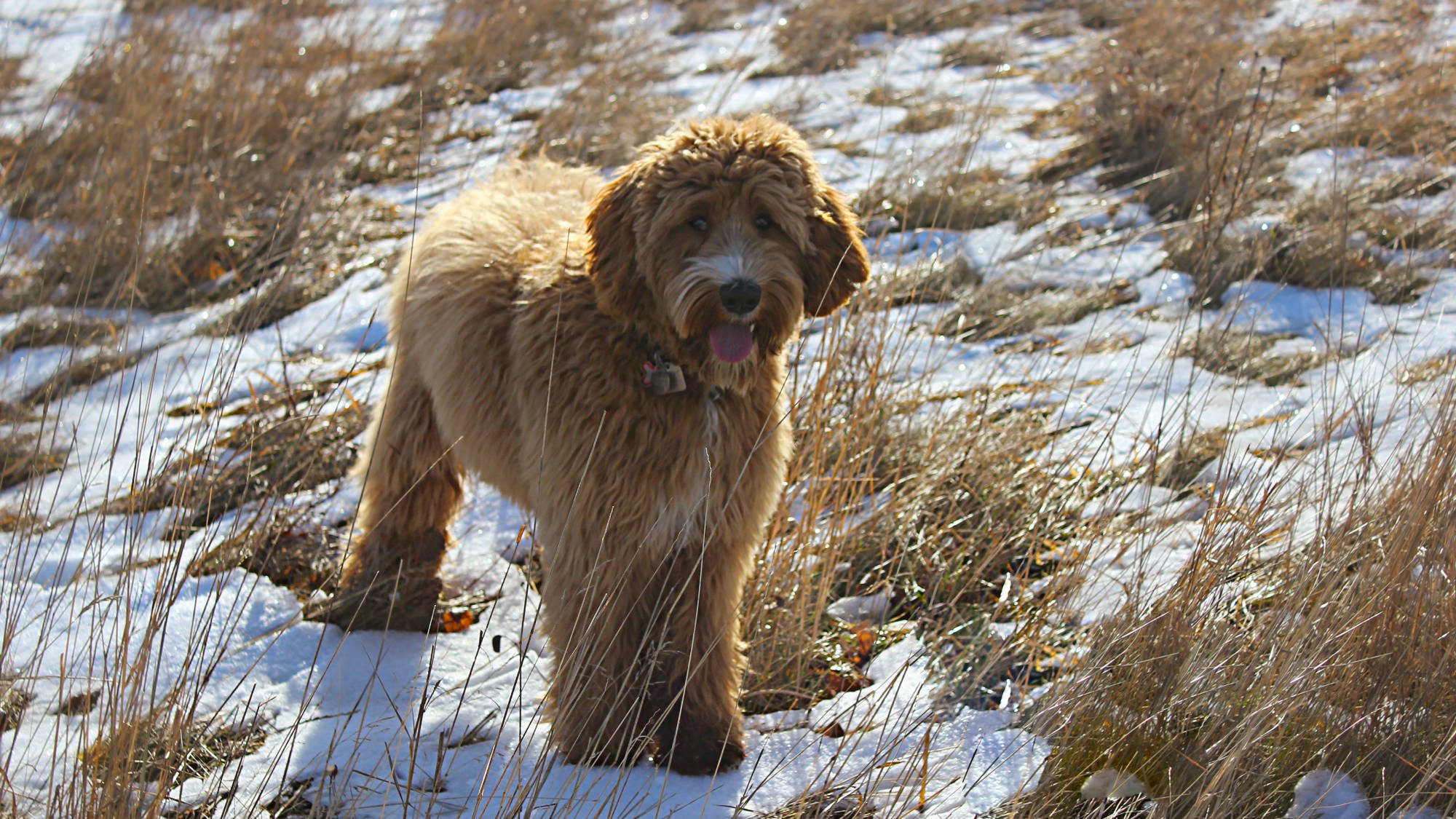When puppies are stressed, there are several body language cues that they may display, and they can be easily missed or misconstrued. Studying canine body language is the key to understanding their feelings and successfully socializing your puppy. Keep an eye out for these subtle clues.
Table of Contents
- 1. Yawning
- 2. Lip-Licking
- 3. Panting With a Spatulate Tongue
- 4. Whale Eyes
- 5. Tail Tucked
- 6. Ears back
- 7. Avoidance
- 8. Shaking or Trembling
- 9. Appeasement Licking
- 10. Turning or leaning away
- 11. Rolling over for “A Belly Rub”
- Turn Stressful Situations Around for Your Puppy
1. Yawning
Your dog is not that tired. The yawns you are seeing – especially the exaggerated, large yawns, are most likely a sign of stress. You’ll likely see it in training situations when you have visitors, when you are petting excessively, and when children hang over and hug the dog. If you see a yawn, ask yourself what may be stressing the dog.
2. Lip-Licking
This is similar to yawning. Dogs often lick their lips when they feel uncomfortable.
3. Panting With a Spatulate Tongue
If your puppy is panting excessively, especially if his tongue is forming a spoon at the end, this is a sign of stress. This can be accompanied by other signs of anxiety, such as pacing or whining.
4. Whale Eyes
If you can see too much of the whites of a dog’s eyes, look around to see what might be wrong. That “whale eye” can happen when a dog is stressed…the dog will appear very still and only be moving his eyes. A calm and relaxed dog would simply turn their head.
5. Tail Tucked
If your puppy’s tail is tucked between its legs, it may be a sign that they are feeling anxious or fearful.
6. Ears back
Puppies that are feeling stressed may have their ears pulled back against their head.
7. Avoidance
Your puppy may try to avoid eye contact or physical contact with you or other people when they are feeling stressed.
8. Shaking or Trembling
If your puppy is shaking or trembling, it may be a sign of stress or fear.
9. Appeasement Licking
When dogs like us to show affection, it’s typically one quick flick, or a sustained time of leisurely soft licks. But the lick that’s concerning is intense, sometimes fast, hard, or even frantic. Guardians often mistake this, thinking the dog is finally learning to love the toddler, but that licking is designed to get the advancing human to STOP.
10. Turning or leaning away
If you are approaching a dog and he turns his head or body away from you, it’s a request for more space. A dog who wants to engage with you will turn toward you and lean in.
11. Rolling over for “A Belly Rub”
Sometimes a happy, comfortable dog will roll over to invite belly rubs. Unfortunately, rolling over can also be a white flag, a sign the dog feels overwhelmed. Err on the side of caution. Back up and get low, and give the dog the time and space it needs to make his own choice. (If the rolling over took place at school pick-ups where kids are yelling and wanting to see your dog, this was not a request for a belly rub).
Turn Stressful Situations Around for Your Puppy
If you notice any of these signs in your puppy, try to identify the cause of their stress and address it. This could include removing them from a stressful situation, providing them with a quiet space to relax, or seeking advice from a canine behaviorist. Remember to always be patient and gentle with your puppy, and try to create calm and positive environments for them to thrive in.

